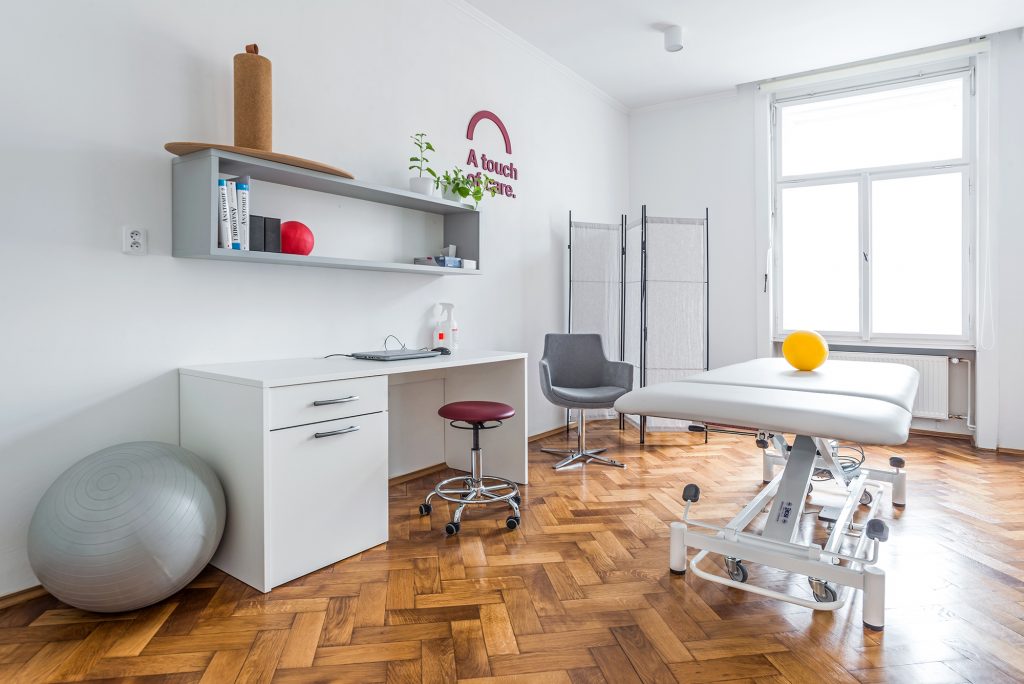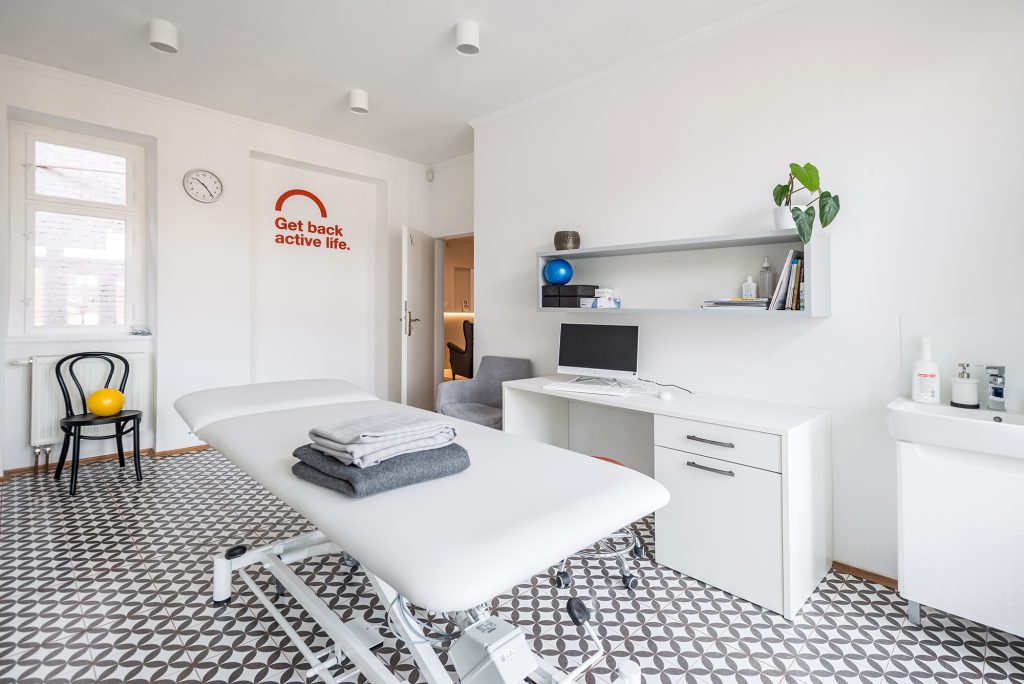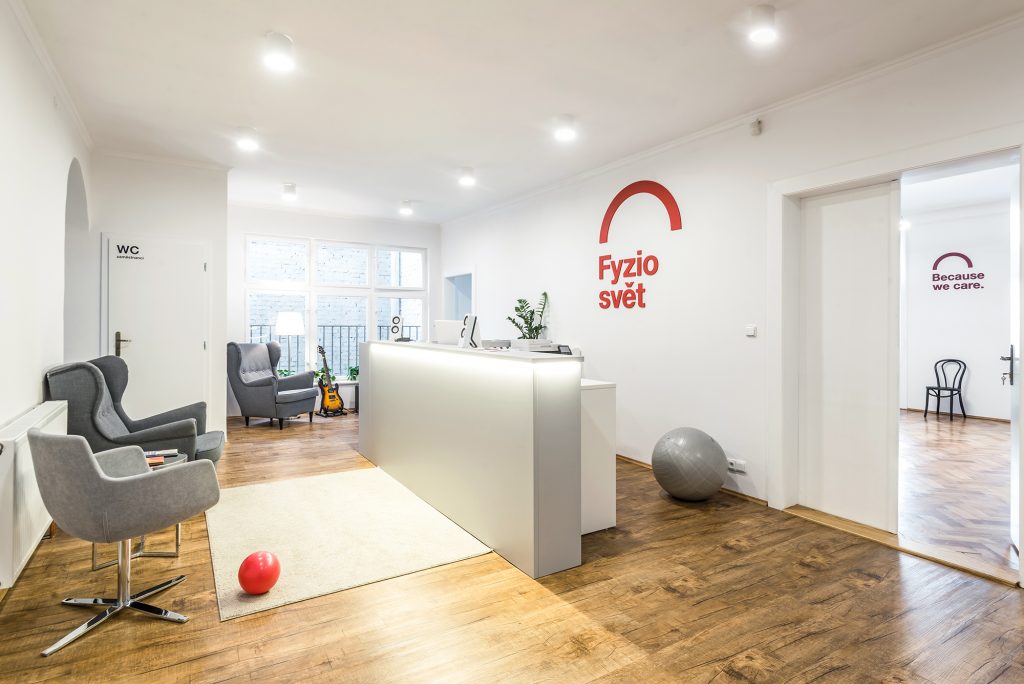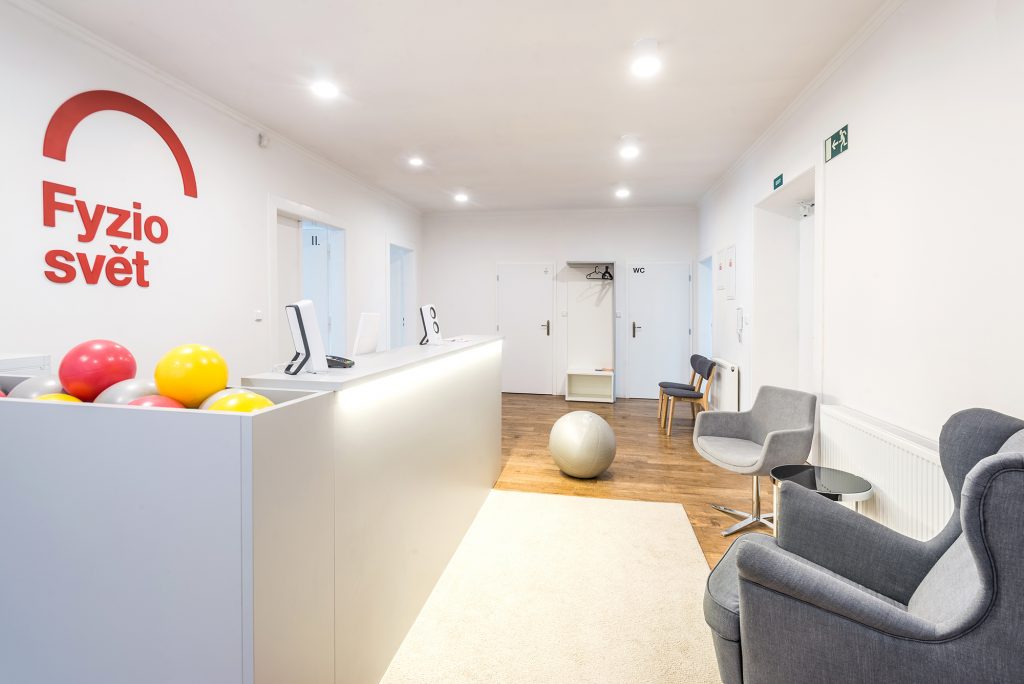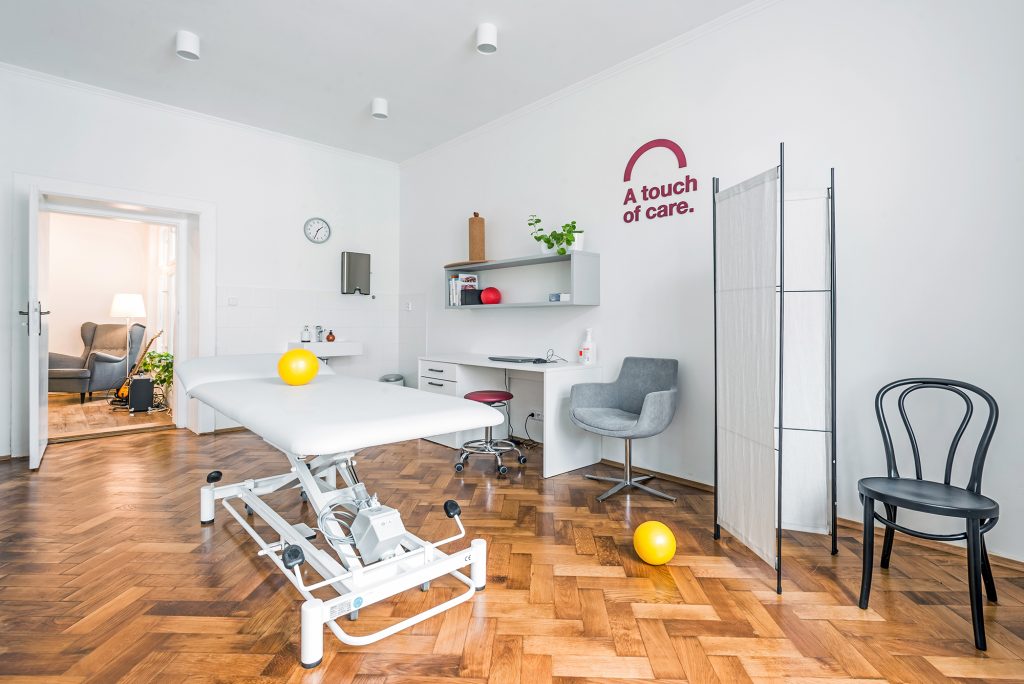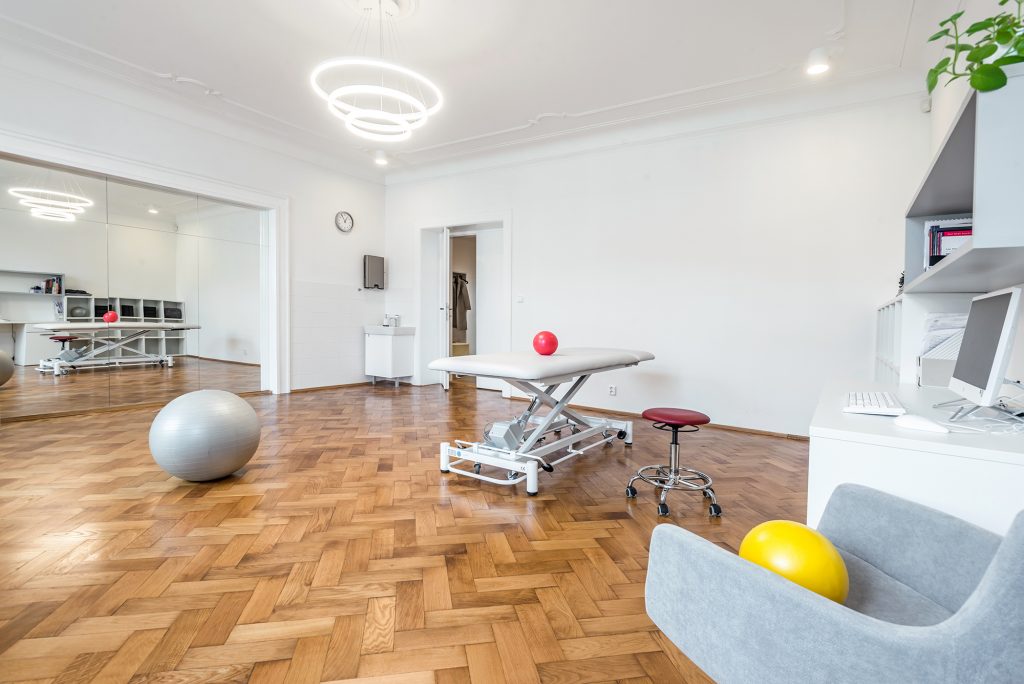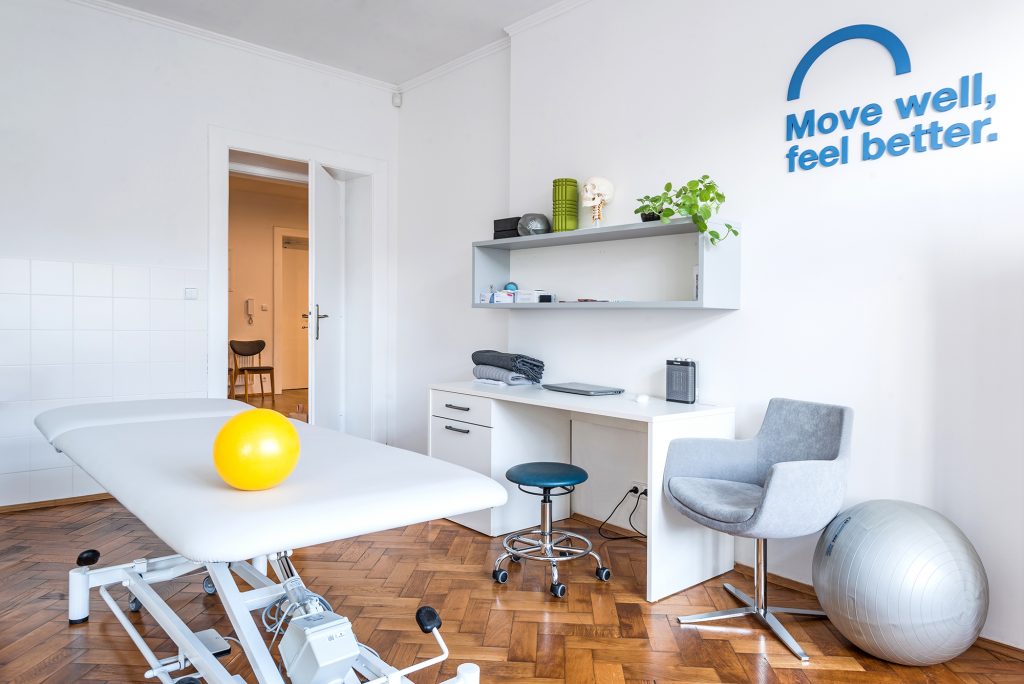Sprained Ankle and Its Functional Treatment
A sprained ankle (medically known as an ankle sprain or ankle distortion) occurs when the strong ligaments stabilizing the ankle are stretched beyond their limits due to external force, resulting in injury. This is one of the most common injuries, affecting people of all ages, with ligaments on the outside of the ankle being more frequently damaged. It usually takes just a moment of carelessness during a step or jump to cause a sprain, especially in sports. In many cases, this injury heals quickly. However, if pain persists for too long, the swelling (edema) doesn’t subside, and the pain is so severe that you can’t bear weight on the injured leg, you should see a doctor. The doctor will assess the severity of the injury and decide on the course of treatment.
Ligaments are strong collagen structures that connect two bones, keeping them in the correct position and stabilizing the joints. In a sprain, the ligaments often only stretch (distension), but in extreme cases, they may partially tear or completely rupture. Untreated or improperly treated ankle sprains can lead to chronic instability and damage to the bones and cartilage in the area.
Symptoms of an Ankle Sprain:
- The injury itself is painful
- Swelling
- Bruising in more severe cases
- Pain or tenderness when touched
- Limited range of motion
- Ankle instability, which occurs even with complete ligament rupture and bone dislocation
- In severe ligament injuries, a popping sound may be heard (requires medical diagnosis to rule out a fracture)
Diagnostic Tools Used:
- X-ray to examine bones and rule out fractures
- MRI to assess the area in cases of multiple traumas, large fractures, or significant soft tissue injuries
- Ultrasound to evaluate the ligament and determine the extent of damage
There are three levels of severity for ankle sprains:
- Mild: Involves slight ligament stretching, microtrauma to the ligaments, mild swelling, and pain around the ankle.
- Moderate: Involves partial ligament tears, moderate swelling and pain, and possible mild ankle instability. Bruising may appear.
- Severe: Involves complete ligament tears, significant swelling, and severe pain. The ankle is highly unstable during examination.
Surgery Is Not Always Necessary
Most ankle sprains can be treated without surgery. Even in cases of complete ligament rupture, proper stabilization can restore full ankle function. However, this requires professional care and targeted rehabilitation. An untreated yet fully healed ankle is a major cause of chronic instability.
According to Harvard Medical School, rehabilitation after an ankle sprain should include exercises to help restore the full range of motion and strengthen the muscles around the ankle. Studies have shown that patients who used braces, supports, kinesiotaping, or elastic bandages instead of traditional casts during rehabilitation were able to return to their normal activities much faster. This is referred to as functional treatment, which offers generally recommended practices for treating ankle sprains.
Functional treatment is divided into three phases:
The First 24-48 Hours After Injury
Follow the PRICE protocol. Focus on reducing swelling and pain while minimizing the risk of further injury.
PRICE stands for:
- Protection: Protect the injured area from further damage using crutches, braces, splints, kinesiotape, etc.
- Rest: Limit all activities and adhere to rest.
- Ice: Apply ice to the injured area to reduce swelling and provide pain relief for about 15-20 minutes, 3-4 times a day. Never apply ice directly to the skin. Some studies suggest that immersing the injured foot in cold water (10-15°C) for 15-20 minutes during the first 24-36 hours after injury is effective. After this period, icing is not recommended as it could hinder the body’s natural repair processes. If the ankle no longer feels warm, you can stop cooling it.
- Compression: Use an elastic bandage to reduce swelling and increase stability. Wrap the ankle from the toes up towards the calf.
- Elevation: Keep the leg elevated on a pillow with the knee slightly bent and the hip slightly externally rotated. The leg doesn’t need to be propped up too high. This improves the absorption of swelling and aids healing.
During this phase, pain relief medications can be used. In milder cases, non-steroidal anti-inflammatory drugs (NSAIDs) like ibuprofen can be used. At Fyzio svět, we recommend minimizing the use of these medications, as they can suppress natural healing processes. Controlled inflammation is actually beneficial, as it helps strengthen the injured ligaments. Unfortunately, NSAIDs reduce both pain and this healing inflammation, which can hinder ligament recovery.
48-72 Hours After Injury
Focus on restoring the range of motion and strengthening muscles (in milder cases, this may begin earlier).
72 Hours After Injury
As recovery progresses, work on muscle strength and endurance, balance, and joint stabilization, possibly using balance boards. Gradually introduce activities that don’t involve twisting or rotational forces. Prepare for rotational movements in the ankle progressively and under full control.
Ankle Sprain Treatment at Fyzio svět
The key to fully restoring ankle function is starting targeted therapy early. Within the first 24 hours after injury, we can help the body fight swelling, inflammation, and pain using various techniques. Kinesiotaping can reduce pain and swelling, promote lymphatic drainage, and effectively stabilize the injured ankle. Flossband techniques and joint compression can help reduce pain while regaining range of motion in the joint. A crucial part of the rehabilitation program is personalized exercises tailored to the client’s condition, focusing on strengthening muscles, improving balance and coordination, and enhancing proprioception (the body’s sense of movement and position). Education on how and when to safely return to favorite activities is also essential. We work to restore full mobility, strengthen muscles, and improve coordination, protecting the joint from further injury.
How Can We Prevent Ankle Instability and Repeated Sprains?
- Warming up before any activity or sport
- Being cautious when walking on uneven surfaces
- Using elastic bandages or taping on previously injured ankles during sports
- Wearing comfortable shoes suitable for the activity
- Limiting walking in high heels
- Avoiding activities you’re not fully prepared for
- Maintaining good muscle strength, coordination, and endurance
- Including stability and balance training on balance boards
Answers to Your Questions:
How long does it take for a sprained ankle to heal?
The time for full recovery from an ankle sprain depends on the severity of the injury. Recovery typically ranges from two weeks for mild sprains to 12 weeks or more for more severe injuries.
Is it okay to walk on a sprained ankle? Should I use crutches?
Walking on a sprained ankle too soon is not advisable. It can cause further injury, increase swelling, and slow recovery. If the swelling isn’t severe, pain isn’t intense, and you can move your foot freely, it may not be necessary to completely limit walking. This likely indicates a first-degree sprain, and with light stabilization (bandages, kinesiotape), you can continue with regular activities. However, if walking is painful or you’re limping, we recommend temporarily using crutches to relieve pressure on the joint. You can find a guide on how to walk properly with crutches in our next article.
How quickly can I return to regular activities?
For mild sprains, following the PRICE protocol allows you to return to normal life within 2-3 days. For moderate and severe sprains, expect a longer recovery time. It always depends on the severity of the injury.
When should I see a doctor or physiotherapist?
If the swelling and pain are severe and you can’t bear weight on the foot, or if you heard a popping sound during the injury, we recommend seeing an orthopedic specialist. For second-degree sprains, visiting a physiotherapist can speed up healing and reduce the risk of joint instability. Physiotherapy care is essential after third-degree sprains.
